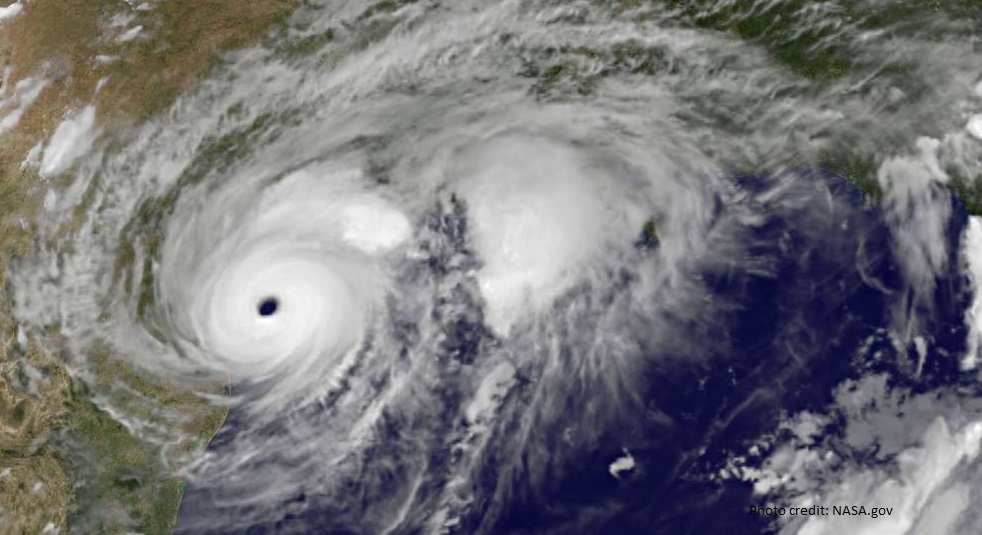Weather Resistant
Submitted by Atlas Indicators Investment Advisors on August 31st, 2017
With Harvey remaining relatively stationary along the Gulf Coast, one cannot help but be simultaneously mortified by the destruction and in awe of the energy necessary to create this meteorological phenomenon. Weather science is not Atlas’ forte, but gosh it’s interesting. It is a discipline chocked full of data which can be analyzed and morphed into information, information with which to make decisions and innovations.
According to the United Nations, the countries of America, China, and India were hit with the greatest number of natural disasters between 1995 and 2015. In order to be declared a disaster, the event must cause at least 10 deaths, affect more than 100 people, or cause the country to declare a national state of emergency. Since 1970, annual disaster totals have quadrupled to roughly 400 a year. According to The Economist, another dataset compiled by German Insurer Munich Re shows similar growth patterns in the number of events causing at least one death or a set amount of monetary damage. The point being, these events are becoming more commonplace.
Scientists, researchers, technologists, and governments have not stood still as stoic observers, simply collecting data. Instead, lifesaving innovation has blossomed. While the number of disasters has grown, the number of fatalities has declined since the 1970s. Safety measures designed to minimize flooding, thoughtful urban planning, and improved building techniques allow for better survival rates when these disasters strike.
In addition to saving lives, technological breakthroughs make our economy more resilient. The American economy is now better equipped more than ever to manage exogenous shocks, even those as large Hurricane Harvey. It will be months from now before a credible tally of all the damage is completed, and by then our economy should be well on its way to absorbing the tremendous setback endured by the nation’s fourth largest city and the other surrounding areas hurt by the week’s event.

